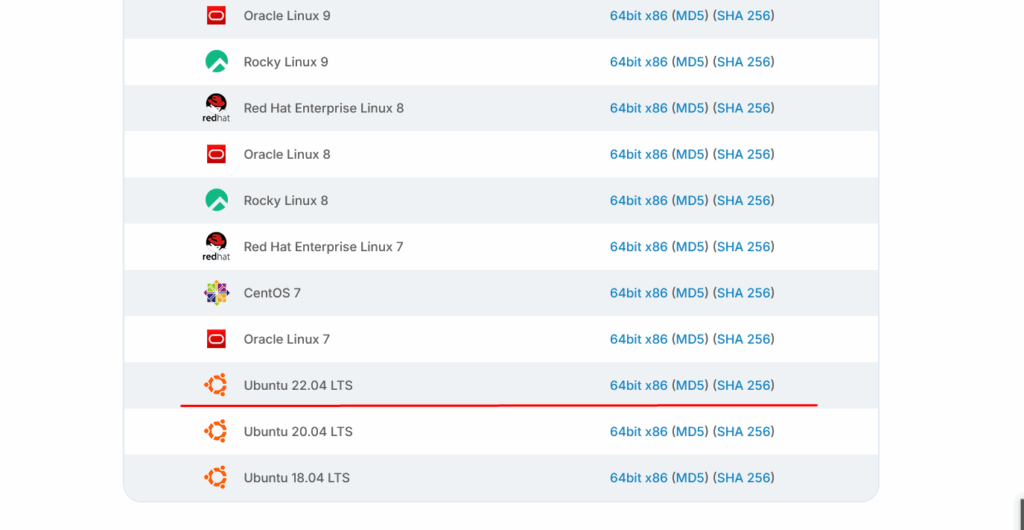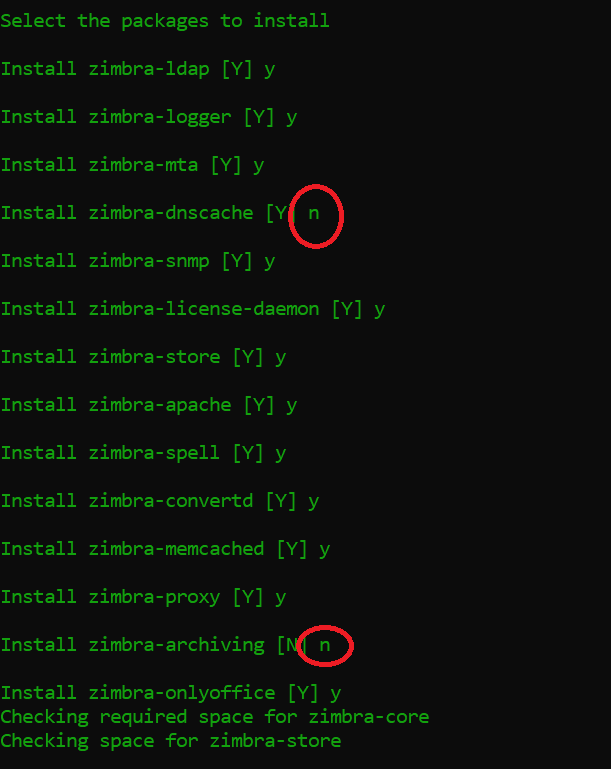Choosing Zimbra 10 – the latest version of the Zimbra Collaboration Suite- can be a strategic decision for organizations looking for a robust, flexible, and cost-effective email and collaboration platform.

Choosing Zimbra over Microsoft Exchange can make sense depending on your organization’s specific needs, priorities, and infrastructure. Here’s a detailed comparison that highlights why Zimbra may be a better choice than Exchange in certain contexts:
🆚 Zimbra vs. Microsoft Exchange
✅ 1. Total Cost of Ownership (TCO)
Zimbra: Lower upfront and recurring costs; open-source edition is free; Network Edition is more affordable than Exchange.
Exchange: Requires licensing (CALs for users/devices); additional costs for Windows Server, Outlook, and optional features.
Zimbra wins for budget-conscious organizations.
✅ 2. Open Source & Vendor Independence
Zimbra: Open-source option means you have full control and visibility over the code and deployment.
Exchange: Proprietary Microsoft product; vendor lock-in is stronger.
Zimbra wins if open source and data ownership matter.
✅ 3. Deployment Flexibility
Zimbra: Can be deployed on-premises, in private cloud, or via hosting partners. Works on Linux.
Exchange: Mostly runs on Windows Server; Microsoft is pushing users to move to Exchange Online/365.
Zimbra wins for deployment flexibility.
✅ 4. Web & Mobile Experience
Zimbra (Modern UI in v10): Responsive web client that works well across all devices.
Exchange: Outlook Web App is polished but requires Microsoft ecosystem for full features.
Zimbra holds its own, especially for mixed-device environments.
✅ 5. Collaboration & File Sharing
Zimbra: Includes integrated calendar, tasks, contacts, file storage (Zimbra Drive), and document editing (Zimbra Docs).
Exchange: Mainly focuses on email/calendar; for collaboration, requires SharePoint, OneDrive, or Teams (additional cost/integration).
Zimbra wins with all-in-one collaboration tools.
✅ 6. Admin & Maintenance
Zimbra: Centralized admin console; easier to manage on Linux servers; lighter hardware requirements.
Exchange: More complex, especially with DAGs, backups, and hybrid deployments; steeper learning curve.
Zimbra wins for simpler, leaner IT environments.
✅ 7. Outlook Compatibility
Zimbra: Supports Outlook with Zimbra Connector (ZCO); ActiveSync for mobile.
Exchange: Native Outlook support with best integration.
Exchange wins for seamless Outlook experience, but Zimbra is a solid alternative.
✅ 8. Customization & Integration
Zimbra: Zimlets allow easy customization; rich REST API.
Exchange: APIs exist (EWS, Graph API) but are more complex and tightly bound to the Microsoft stack.
Zimbra wins for openness and easier extensibility.
Install and configure dnsmasq
Using dnsmasq offers several benefits, especially in small to medium-sized networks. It’s a lightweight and versatile tool that combines DNS caching, DHCP, and TFTP services. Here’s why you might use dnsmasq:
🔹 1. DNS Caching
Speeds up DNS resolution by caching recent queries.
Reduces external DNS lookups, which can improve web browsing performance and reduce bandwidth usage.
🔹 2. Local DNS Resolution
Easily configure local domain name resolution (e.g.,
printer.local,nas.local) without relying on external DNS.Useful for home labs, development environments, and small offices.
🔹 3. DHCP Server
Acts as a lightweight DHCP server, handing out IP addresses, gateways, and DNS settings.
Ideal for small networks where a full-featured DHCP server (like ISC DHCP) is overkill.
🔹 4. PXE Boot Support
Includes TFTP and PXE boot capabilities, making it suitable for network booting scenarios.
🔹 5. Integration and Simplicity
Easy to configure with a single config file.
Works well on embedded systems like routers (common in OpenWRT, DD-WRT).
Can be integrated with other services like Pi-hole for ad-blocking.
🔹 6. Security and Control
Provides options to filter or block domains.
Can be configured to prevent DNS rebinding attacks.
If you’re running a small network and need reliable local DNS and DHCP services without the overhead of heavier solutions, dnsmasq is often the best choice.
Lets start dnsmasq installation by runing the following commands to disable the resolved service
sudo systemctl disable systemd-resolved
sudo systemctl stop systemd-resolved
remove existing link to resolve.conf file and create new one.
ls -lh /etc/resolv.conf
sudo unlink /etc/resolv.conf
echo nameserver 127.0.0.1 | sudo tee /etc/resolv.conf
We will now install and configure dnsmasq
sudo apt update
sudo apt install dnsmasq
vim /etc/dnsmasq.conf
# add following lines at the end of the file replacing %data% with your information
listen-address=127.0.0.1,%internal ip of ec2 instance%,%external ip of ec2 instance %
expand-hosts
domain=%email domain%
server=%dns forwarder%
mx-host=%email domain%,%any additional email domains%,0
# enble and start dnsmasq service
systemctl enable dnsmasq
systemctl start dnsmasq
Edit /etc/hosts
One if prerequisites for installing zimbra is to have proper entries in /etc/hosts file
vim /etc/hosts
# add line below to this configuration file
%ip address% youremaildomain.com youremaildomain
Download Zimbra 10.1.0 GA Release
Use this link to download Zimbra for Ubuntu 22.04 LTS

Ones downloaded transfer .tgz file to our Zimbra EC2 instance.
Request Zimbra Temp license
For POC and Trial installations you will need to request Zimbra license from this link https://www.zimbra.com/connect/forms/?form=trial-license
The trial license allows you to create up to 50 users. It expires in 60 days.
Installing Zimbra Collaboration
Login to Ubuntu EC2 instance where we will be installing Zimbra as root.
#Unpack the file
tar xvzf zcs-NETWORK-10.1.0_GA_4655.UBUNTU22_64.20240819064312.tgz
#Change to the correct directory
cd zcs-NETWORK-10.1.0_GA_4655.UBUNTU22_64.20240819064312
#Begin the installation
./install.sh
Follow instructions on the screen and specify y to license agreement and package repository.

Since we will be running dnsmasq locally we will not install zimbra-dnscache so there is no port conflict. We will also not enable zimbra-archiving at this time.

We will need to make sure Admin password is set and License Activated. Press 6 and follow instructions on the screen.

Deploy SSL certificate
We will use 2048-bit key, as the minimum for all Certificate Authorities to generate CSR
su zimbra
/opt/zimbra/bin/zmcertmgr createcsr comm -new -subject "/C=US/ST=CA/L=Sunnyvale/O=Zimbra/OU=Zimbra Collaboration Suite/CN=host.example.com" -subjectAltNames host.example.com
Next, submit the CSR to the SSL provider and get a commercial certificate in PEM or CRT format. Save the new certificate to a temporary file (e.g. /tmp/commercial.crt).
Combine root and intermediary CAs into a temporary file if they not already combined.
su zimbra
cat /tmp/ca_intermediary.crt /tmp/ca.crt > /tmp/ca_chain.crt
Verify your commercial certificate
su zimbra
/opt/zimbra/bin/zmcertmgr verifycrt comm /opt/zimbra/ssl/zimbra/commercial/commercial.key /tmp/commercial.crt /tmp/ca_chain.crt
**Verifying /tmp/commercial.crt against
/opt/zimbra/ssl/zimbra/commercial/commercial.key
Certificate (/tmp/commercial.crt) and private key
(/opt/zimbra/ssl/zimbra/commercial/commercial.key) match.
Valid Certificate: /tmp/commercial.crt: OK
Deploy your commercial certificate
su zimbra
/opt/zimbra/bin/zmcertmgr deploycrt comm /tmp/commercial.crt /tmp/ca_chain.crt
** Verifying /tmp/commercial.crt against
/opt/zimbra/ssl/zimbra/commercial/commercial.key
Certificate (/tmp/commercial.crt) and private key
(/opt/zimbra/ssl/zimbra/commercial/commercial.key) match.
Valid Certificate: /tmpt/commercial.crt: OK
**Copying commercial.crt to /opt/zimbra/ssl/zimbra/commercial/commercial.crt
**Appending CA chain /tmp/ca_chain.crt to
/opt/zimbra/ssl/zimbra/commercial/commercial.crt
**Saving server config key zimbraSSLCeretificate…done.
**Saving server config key zimbraSSLPrivateKey…done.
**Installing mta certificate and key…done.
**Installing slapd certificate and key…done.
**Installing proxy certificate and key…done.
**Creating pkcs12 file /opt/zimbra/ssl/zimbra/jetty.pkcs12…done.
**Creating keystore file /opt/zimbra/mailbox/etc/keystore…done.
**Installing CA to /opt/zimbra/conf/ca…done.
To finish, verify the certificate was deployed.
su zimbra
/opt/zimbra/bin/zmcertmgr viewdeployedcrt
Looking for a new IT Partner?
Talk to us about your current business needs and future IT goals, so we can help choose the right technology to move your business forwards.
